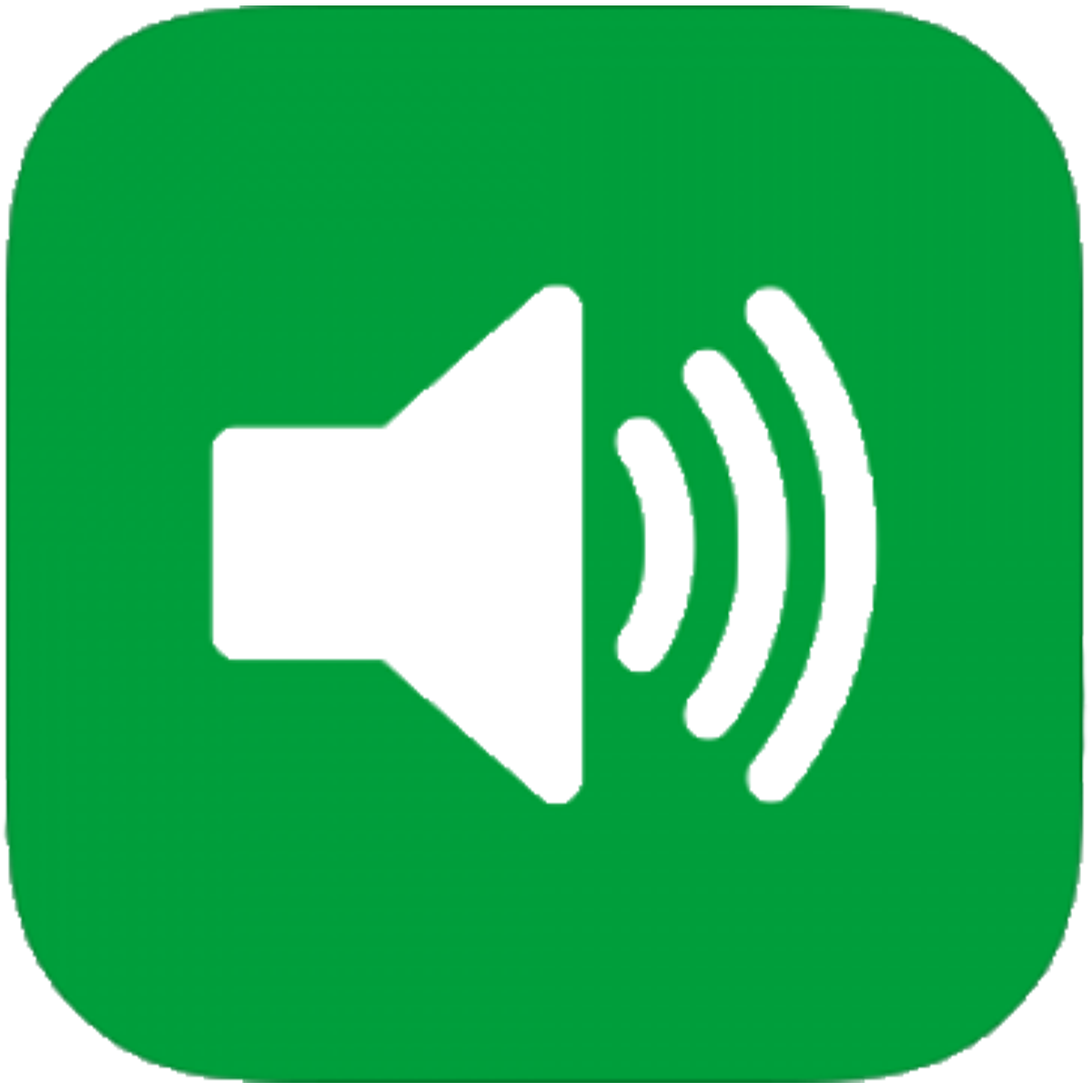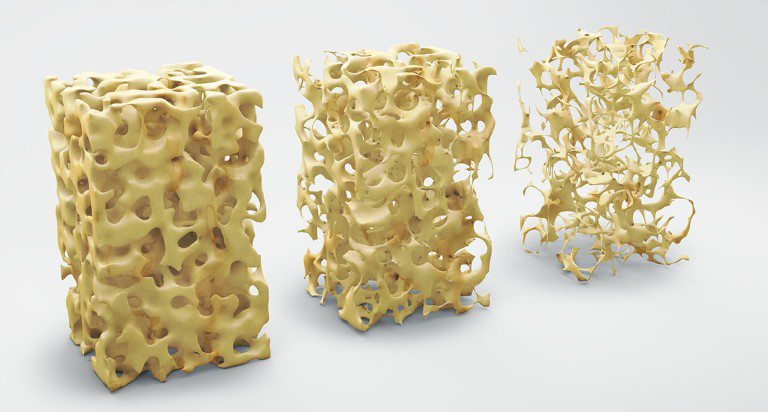Osteoporosis - Part 3: Bone Density Testing
by Dr. Jason Kwok
 You can listen to an audible version of this article.
You can listen to an audible version of this article.
Risk assessment is the first important step in evaluating an individual's risk of developing osteoporosis. However, it is not a scientifically proven method of predicting osteoporosis, as many people with osteoporosis have few or even no high-risk factors. Therefore, medical examinations are still important. Bone Mineral Density (BMD) tests are safe and have no side effects. They can accurately measure the density of bones, diagnose whether the person being examined has osteoporosis or has a high risk of developing osteoporosis in the future, and enable them to take appropriate measures to prevent further loss of bone density and fractures.
Osteoporosis Canada recommends the following individuals receive a bone density test:
(1.) All individuals over 65 years old
(2.) Postmenopausal women and men aged 50-65 with the following high-risk factors for fractures:
• Fragility fracture after the age of 40
• X-ray shows spinal fracture or low bone density
• Parent with a hip fracture
• Regularly drinking three or more alcoholic drinks per day
• Smoking
• Low body weight (less than 132 pounds or 60 kilograms)
• 10% or more weight loss since age 25
• Taking medication that increases the risk of osteoporosis, such as long-term use of steroids, aromatase inhibitors for breast cancer, or androgen deprivation therapy for prostate cancer

(3.) Younger individuals (under 50 years old) with the following conditions:
• Fragility fracture
• Taking medication that increases the risk of osteoporosis, such as steroids, aromatase inhibitors, or androgen deprivation therapy
• Diseases that lead to bone loss, including rheumatoid arthritis and other chronic inflammatory diseases, Cushing's Disease, malabsorption syndrome, hyperthyroidism, primary hyperparathyroidism, hypogonadism (including early menopause before age 45)
Currently, the most common bone density test is performed using a dual-energy X-ray absorptiometry (DEXA) machine. The person being tested lies on a bed and receives a low dose of X-rays. The X-ray detector scans the spine and hip bones and measures the amount of X-ray that passes through the bones to calculate the bone density. The test takes only a few minutes, is painless, and does not require any injection.
During the test, the person may need to lift their legs to straighten their back. The amount of X-rays received during the test is also very low and not enough to cause serious side effects. Mass screening tests can be performed using portable and easy-to-carry instruments that use dual-energy X-rays or quantitative ultrasound machines to measure the bone density of the radius, wrist, finger, or heel bone. However, since only a single bone site is tested, it is not as accurate as the traditional DEXA machine. ![]()







